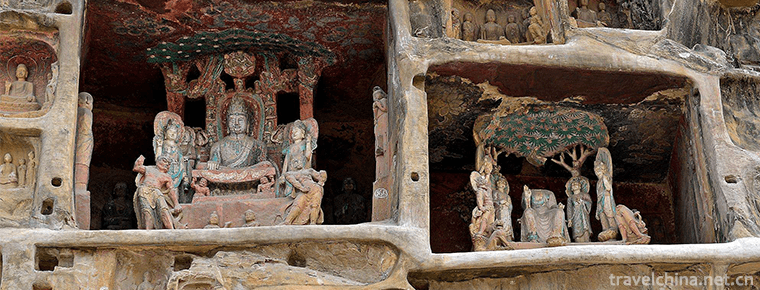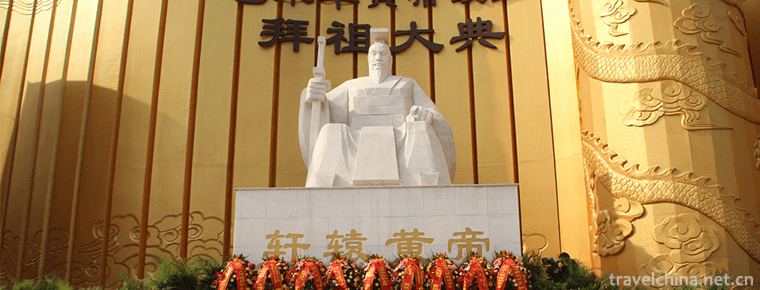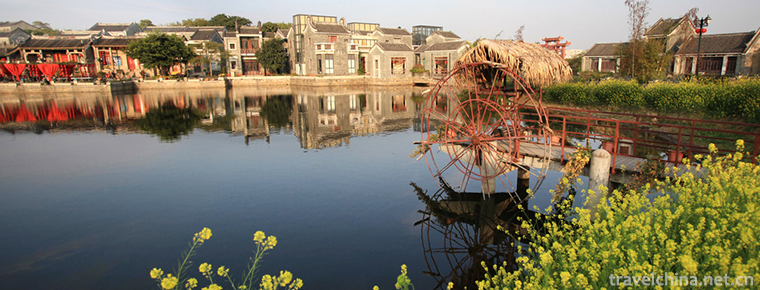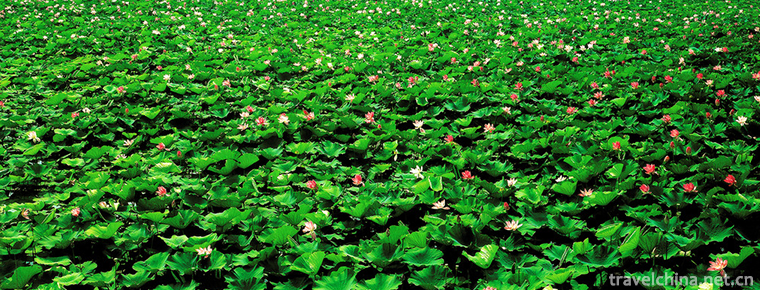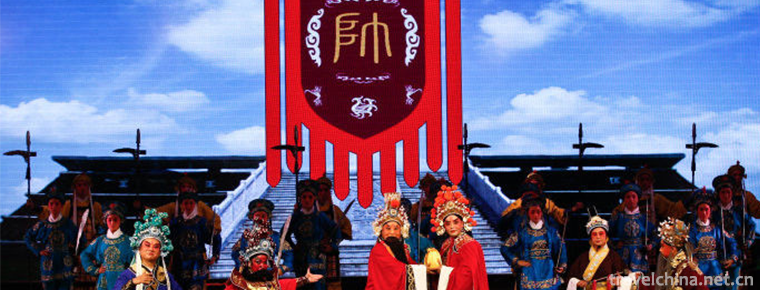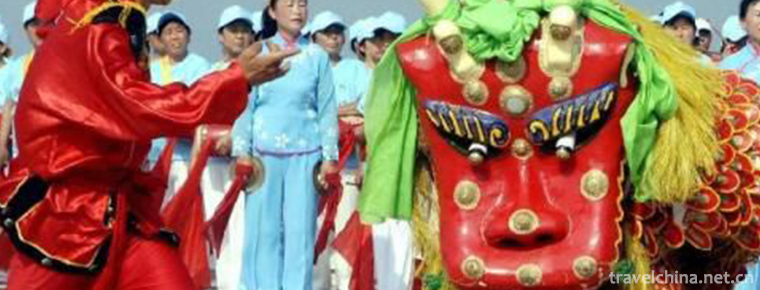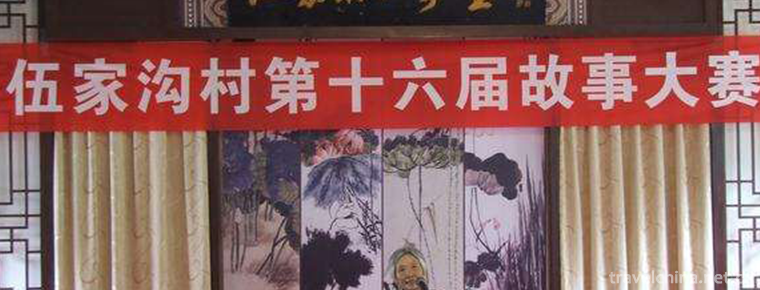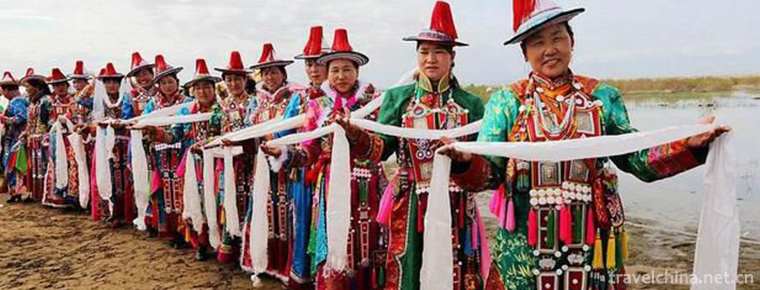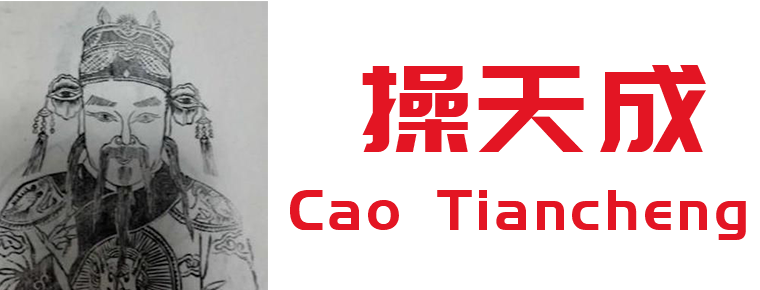Taibai Mountain National Forest Park
Taibai Mountain, National AAAAA Tourist Scenic Area, National Forest Park, National Water Conservancy Scenic Area, Ten National Sports Tourism Scenic Spots, Ten Best Holiday Areas of "Beautiful China", Ten Most Attractive Tourist Destinations in China, China's Most Beautiful Eco-tourism Destinations, China's Cradle of Mountaineering.
Taibai Mountain National Forest Park is located in Meixian County, Baoji City, Shaanxi Province, at the northern foot of Taibai Mountain, the main peak of the Qinling Mountains. The Park covers an area of 2949 hectares with a forest coverage rate of 94.3%. With forest landscape as the main body, Cangshan Qifeng as the skeleton, Qingxi Bitan as the vein, cultural relics and historic sites embellished in the park, natural landscape and human landscape are integrated. It is a rare natural scenic tourist area in Western China and is praised as a green pearl in Western China. Including 10 scenic spots, more than 180 scenic spots. The elevation of the park ranges from 620 meters to 3511 meters, which is the highest National Forest Park in China.
Location context
Taibai Mountain National Forest Park, located in Meixian County, Shaanxi Province, at the northern foot of Taibai Mountain, the main peak of Qinling Mountains, was established in 1991 with the approval of the Ministry of Forestry of China. The Park covers an area of 2949 hectares with a forest coverage rate of 94.3%. Taibai Mountain National Forest Park includes 10 scenic spots and more than 180 scenic spots. The elevation of the park ranges from 620 meters to 3511 meters, which is the highest National Forest Park in China. Taibai National Forest Park is 90 kilometers west of Baoji and 110 kilometers east of Xi'an. Xibao Expressway has a second-class special tourist line to the park.
Geological glacier
The main body of the Taibai Mountains is composed of large-scale granite bodies, which geologists call "Taibai Granite".
Rock. In the long history of geological development, the Taibai granite has undergone several tectonic changes and faults, and its joints are well developed. Under the combined action of various external forces, the Taibai granite has created a dangerous and spectacular scenery with strange peaks and magnificent mountains. Up to now, there are still complete and varied Quaternary glacial remains in the high mountains of Taibai Mountains.
Alpine lakes, the ancients and the local elderly all call them "Shenhu", but in fact they are "Saying Eroded Lake". These ice-eroded lakes have been known as "Taibai Lake Light" and "Alpine Pearl" since ancient times, and have been listed as one of the eight scenic spots of Taibai Mountain. Looking around from Baxiantai, the unique landforms of Quaternary glaciers, such as corner peaks, trough valleys, ice buckets, ice banks and ice scales, are one of the best natural museums to study Quaternary glaciers.
Main attractions
Taibai National Forest Park connects more than 140 scenic spots in eight scenic spots of the park with 40 kilometers of tourist highway and 28 kilometers of pedestrian tourist trails. Its main scenic spots are:
Longshan, Fengshan and Fengquan are three scenic spots. We can enjoy the Eight Kingdoms Fengquan Shenze and Fish Cave Xianyin in Meixian County, visit Tangzicheng Site, Fengshan Extreme Peak, Fengquan Palace, Shengong Stone, etc., pay homage to Taoist Guanqingniu Cave, Taibai Yao Wang Temple, Longfeng Mountain Temple, Guanyin Cave, etc. All tourist hotels, commercial stalls and recreational facilities are concentrated in this area.
Dongtianfu Scenic Spot: It is said to be a place where ghost millet is invisible, monks and apprentices can pass on art. You can see the Tianmen Tower of Xuande Cave, Dushan Mountain and Point-to-Point Platform.
Xianqiao Valley Scenic Spot: Located in the east of Jiujiu Gorge, there are such scenic spots as Giant Stone Xianqiao, Dajia (ancient wooden trestle road), three-level thousand-foot waterfall and so on.
Kaitianguan Scenic Area: It is a cold-temperate tourist area with a large area of virgin forest as the main body. There are two scenic forest belts of Songli and Hongbi, including Xiaofo Falls, Shenxian Cave, Chongyang Palace, Lotus Valley and Peony Valley. Viewing Yunhai Scenic Area: 2300-3511 meters above sea level, spanning two climatic zones of sub-frigid zone and frigid zone, three vegetation landscape forest belts of Abies taibaiensis, Larix gmelinii and alpine shrub meadow can be enjoyed. Quaternary glacial relics are various and strange. The temperature is 5-15 degrees below the mountain. It is an ideal place for summer vacation, scientific research and teaching.
Hot spring area: There are abundant geothermal fields in the low mountain area of the park. The hot spring water has a temperature of 72 degrees Celsius. It contains more than 20 kinds of minerals and trace elements which are beneficial to human body. It is an excellent medical mineral water.
natural resources
With forest landscape as the main body, Cangshan Qifeng as the skeleton, Qingxi Bitan as the vein, and cultural relics and historic sites embellished in it, it constitutes a vivid animation volume which coordinates dynamic beauty with static beauty and integrates natural landscape with human landscape. It is a rare natural scenery tourist area in Western China and is praised as a green pearl in Western China.
First, there are rich and rare biological species. Qinling Mountain is the natural boundary between the north and the south of China. It is the intersection point of the flora of North China, Central China and West China. It is the transitional zone of the fauna of Palaearctic and Eastern Ocean. The park is rich in endophytic species, rich in resources, complex flora and ancient origin. It is a natural gene pool of species. There are more than 1850 species of seed plants and bryophytes, more than 1690 species of forest animals and insects, 26 species of national protected trees and endangered protected plants, and 9 species of rare protected animals.
Taibai Mountain National Forest Park is a natural gene bank with a wide variety of species and ancient origins. It is known as "Asian Natural Botanical Garden" and "Chinese Natural Zoo". Under the comprehensive action of the complex and changeable geographical factors and specific cosmic factors of Taibai Mountain, special species and new species of Taibai Mountain have been formed, such as Taibai Sequoia, MeiLiu, Taibai Ginseng, Taibai Aconitum, Taibai Fritillaria, Taibai Lonicera, etc. There are 1850 seed plants in the garden.
Because of the ancient nature of forest vegetation in Taibai Mountains, there are many rare and relic species. There are 9 national secondary protected plants, such as redwood, aquamarine, lotus tree, mountain white tree, Eucommia ulmoides, unifoliate, stellar leaf grass, big fruit green tussah, narrow leaf pink grass, etc. There are 11 species of three-level protection trees, including Acer miaotai, Acer mongolica, Lingchunmu, Peony purple spot, and Ageing grass.
The abundant forest resources and complex natural environment of Taibai Mountain National Forest Park provide a good place for wildlife to multiply and thrive, and it is a natural paradise for rare birds and animals. There are more than 1690 species of forest animals and insects in the park. Among them, there are three species of protected animals, including Golden monkeys, giant pandas and antelopes, and seven species of protected animals, including clouded leopards, leopards, red-bellied pheasants, Sumen antelopes and giant salamanders.
Secondly, the mountain landscape is peculiar and steep. Low mountain valleys are narrow and deep, with appropriate mountain clouds and shadows; the mountains in Zhongshan area are steep, ridge-like, odd peaks confront each other, with overlapping peaks; and the Quaternary glacial relics in high mountain areas have special geomorphological shapes.
Scenic spot construction
Up to 2000, the Tourism Development Zone Based on Forest Park has built 20 guesthouses, 4000 reception beds and more than 4500 dining seats. The cultural and entertainment facilities have been continuously improved, and a complete tourism reception system has basically been formed. Taibai Mountain tourist ropeway invested and constructed in 1998 has a total length of 1100 meters and an elevation of 2800-3200 meters. It has a capacity of 300 passengers per hour. It can not only take the place of the ropeway, but also enjoy the magnificent scenery of 10,000 mu azalea, Taibaiyun Sea and glacier relics.
Tourism information
Ticket information:
Tickets for Taibai Mountain National Forest Park Scenic Spot: Adult ticket is 100 yuan, reservation price is 89 yuan.
Datong ticket 160 yuan, reservation price 149 yuan.
Self-driving line:
Take the Xibao Expressway from Baoji or Xi'an. It is 98 kilometers from Lanjianan Exit (Taibai Mountain National Forest Park Sign), and the Yanjiangtang Class II Vehicle Special Line goes directly to Shankou.
Bus routes:
Baoji departure: Take the bus from Baoji West Station to Meixian (about an hour's journey, the fare is about 23 yuan). Meixian transfer bus No. 203 to Taibai Mountain Tourist Center.
Xi'an departure: Take bus U2 or Taibai Mountain Tourist Line (about 80 minutes'journey, about 30 yuan) to Taibai Mountain in the East Square of the Railway Station, or take a long-distance bus from Chengxi Passenger Station to Meixian County.
Jiujiuxia Scenic Spot: The scenic spots are dense and the scenery is beautiful, which is the essence of the park landscape scenery. Copper walls and iron walls stand thousands of feet, magnificent momentum; Lianhuafeng waterfall falls down thousands of feet, thrilling; cliff trestle road winding in the cliff steep wall; ink splashing mountain, vivid image; exotic Taoyuan Bridge flowing water, a school of idyllic scenery; Jiwoping Sun Simiao activity remains, and there are many scenic spots such as beautiful female jade, sword splitting peak, ascending Fairy stone, Xianji out of bath, Yaowangdao.
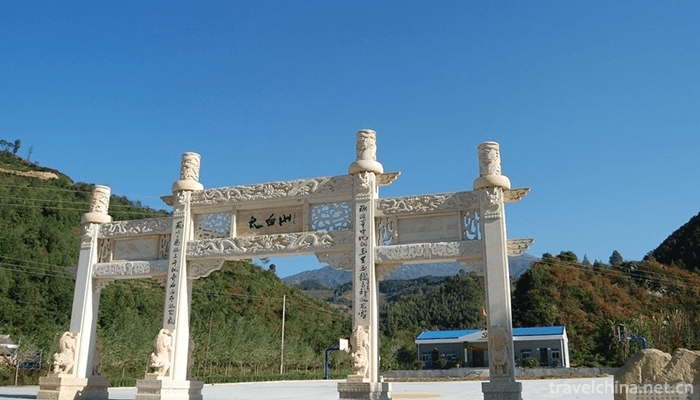
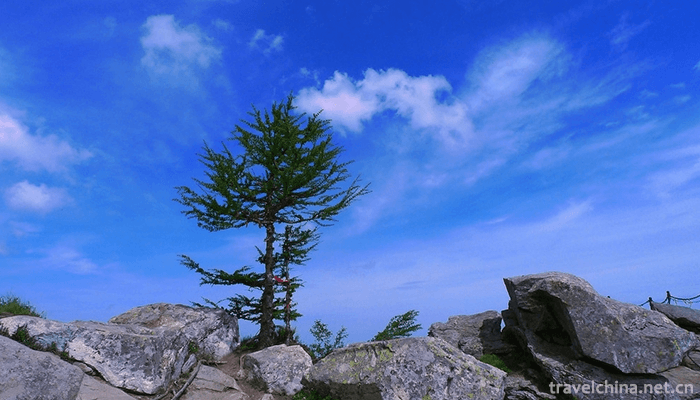
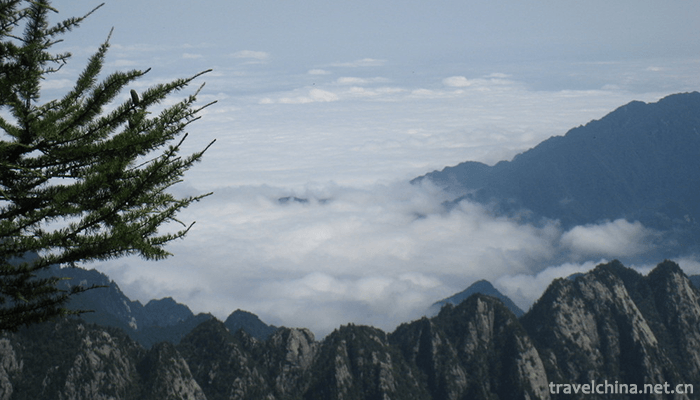
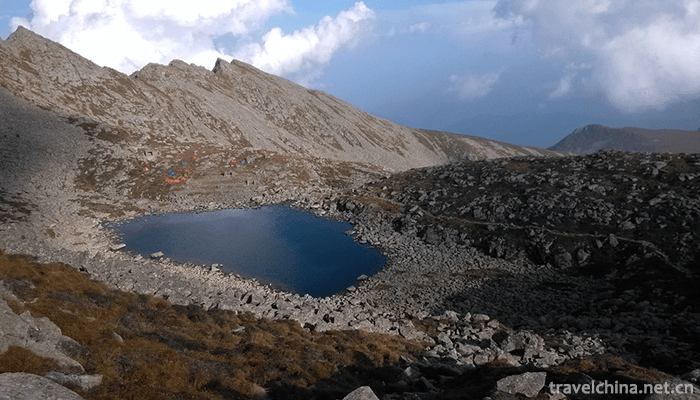
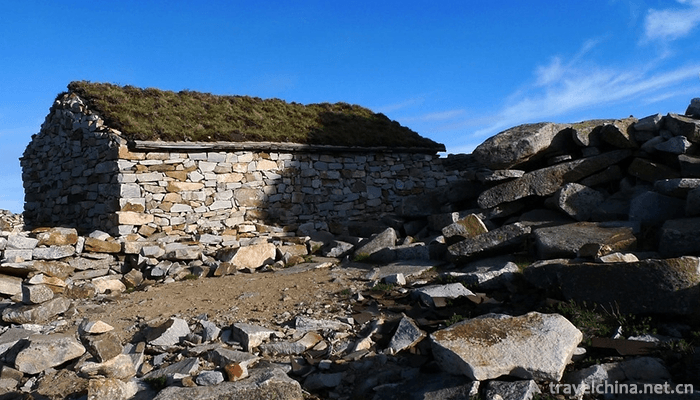
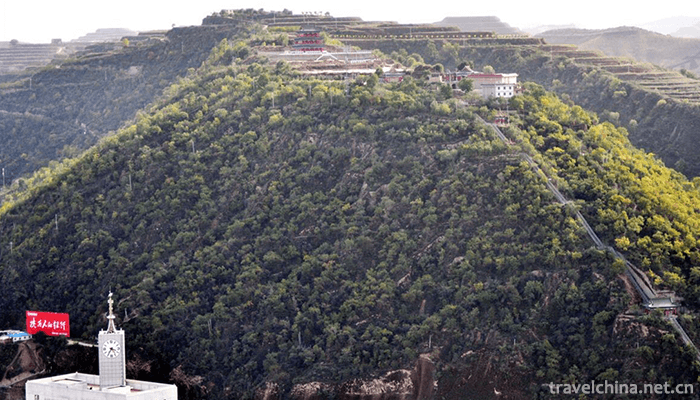
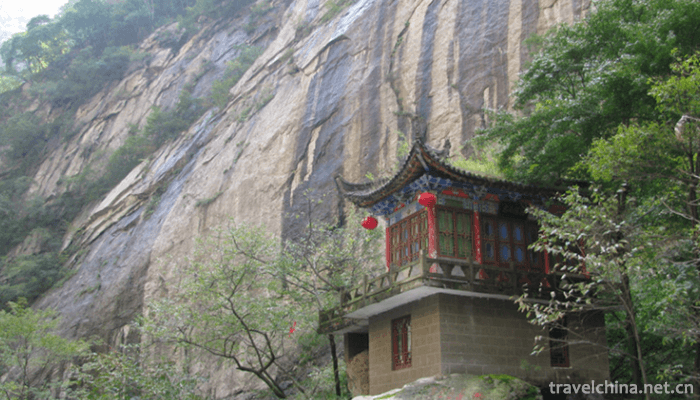
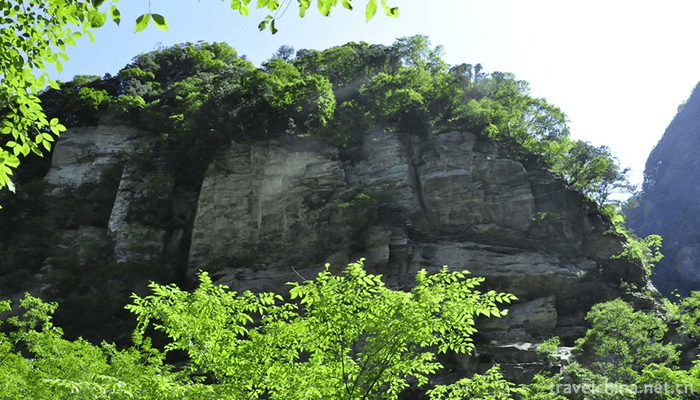
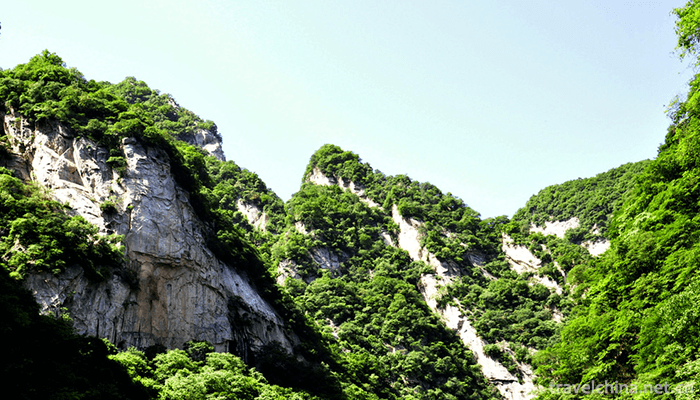
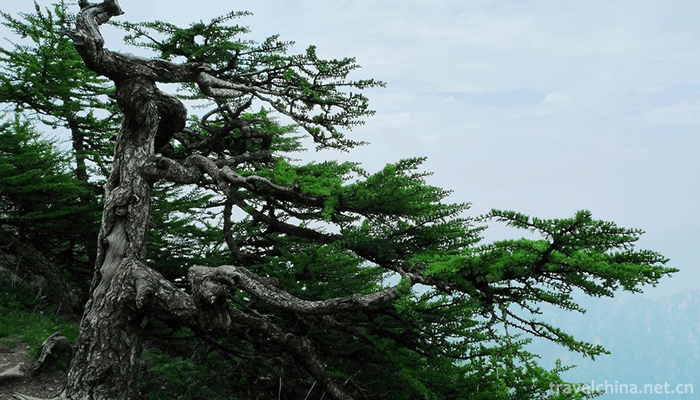
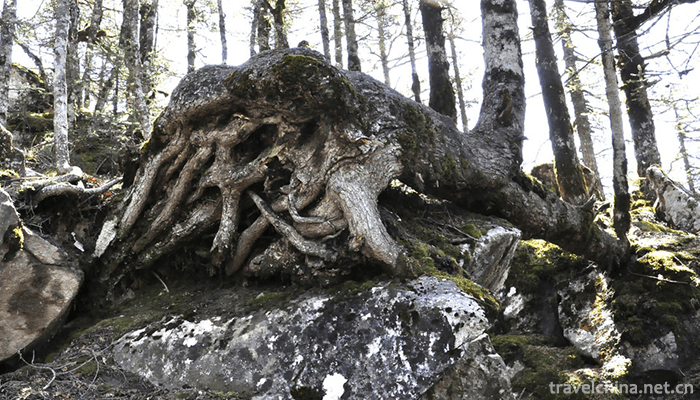
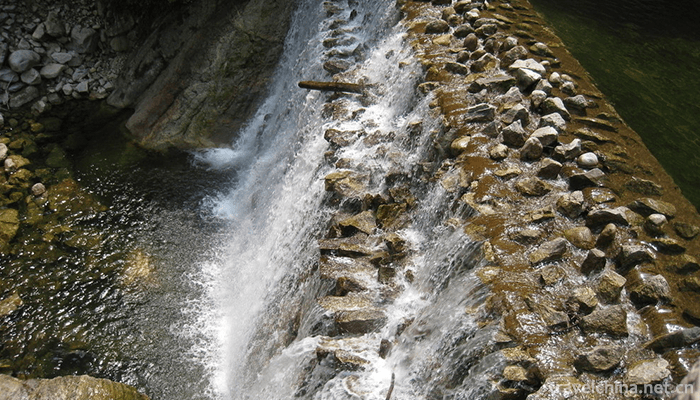
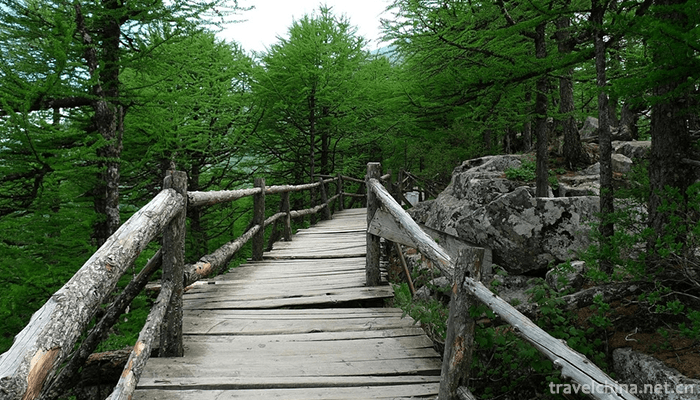
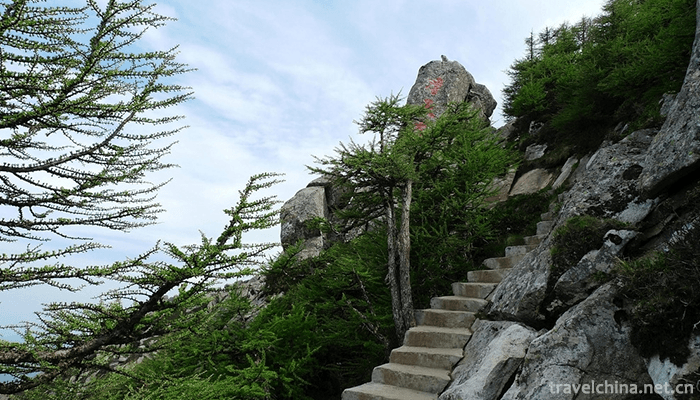
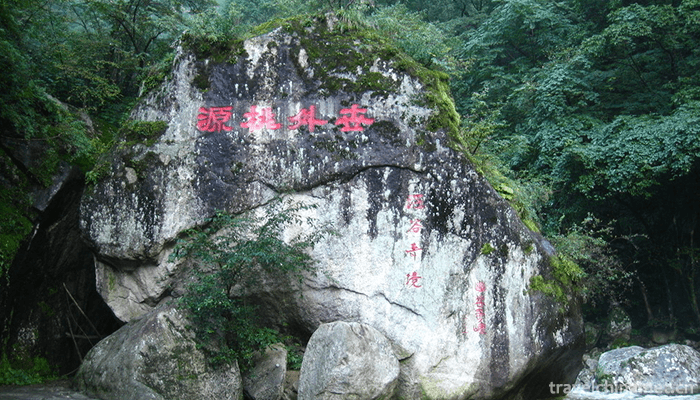
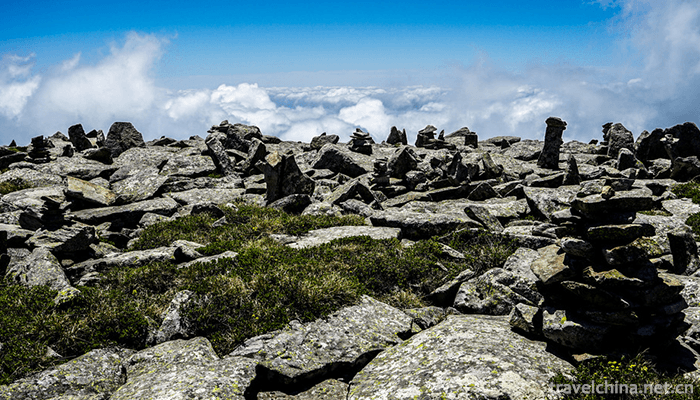
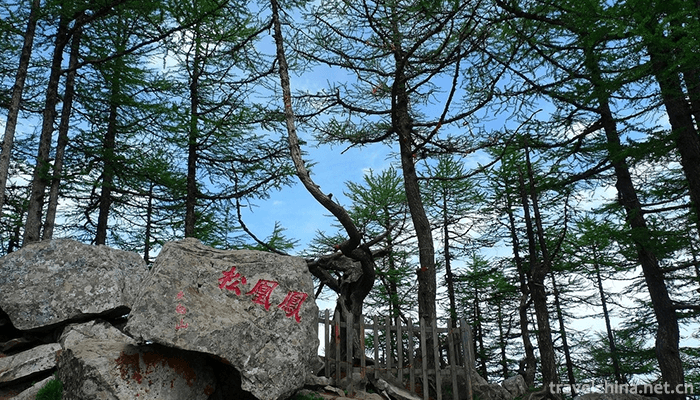
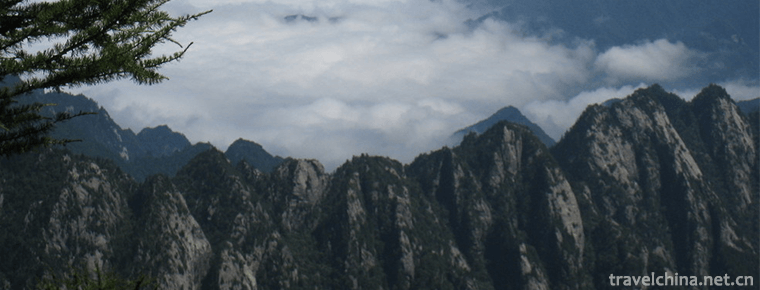
Taibai Mountain National Forest Park
-
Qianfoya Scenic Spot
Guangyuan Qianfoya is the largest grotto group in Sichuan Province. The statues of cliffs began in the Northern Wei Dynasty. After nearly 1500 years, the cliffs, which are 45 meters high and 200 meter
Views: 130 Time 2018-12-26 -
Hometown of Huang Di
The scenic spot of Huangdi's hometown is located in Xuanyuan Road, Xinzheng City, Zhengzhou City, Henan Province. It is the residence of Xiong clan recorded in the history
Views: 190 Time 2019-01-18 -
Lingnan Impression
Lingnan Impression Park is located in the south of Guangzhou University Town (Xiaoguwei Island). It covers an area of 16.5 hectares. It is a tourist attraction that gathers sightseeing
Views: 452 Time 2019-02-03 -
Weishan Lake National Wetland Park
Weishan Lake National Wetland Park, located in the southern part of Weishan County, Jining City, Shandong Province, is less than 3 kilometers away from the urban area.
Views: 225 Time 2019-02-22 -
Han tune
The mast of Hanzhong Diaoqu, a local traditional drama in Hanzhong City, Shaanxi Province, is one of the national intangible cultural heritages.
Views: 194 Time 2019-05-02 -
kylin dance
Kirin dance, also known as "Wu" Kirin, is a court dance performance of the Ming Dynasty in China. It was spread among the people when the Nanming Dynasty perished. When dancing,
Views: 119 Time 2019-06-10 -
Wujiagou Folk Stories
Wujiagou folktales originated in Wujiagou Village, Liuliping Town, west of Danjiangkou City, Hubei Province. They are a wonderful flower in the garden of Chinese traditional folk literature. They advo
Views: 195 Time 2019-06-29 -
Yugur Costume
Yugur costume is the traditional costume of Yugur people. Both men and women of Yugur nationality wear long gowns with high collars and large skirts. Men wear red and blue belts with waistknives, sick
Views: 165 Time 2019-07-16 -
Cao Tiancheng
Cao Tian Cheng, Sui Dynasty people. According to the history of Sui Dynasty in the twenty four histories, Cao Tian is also known as "Tiancheng". Ask for advice Bo Yang, Jiangxi. At the end o
Views: 218 Time 2019-09-14 -
Chuanxindian earthquake site
Compared with Beichuan earthquake site, Yingxiu earthquake site and Hanwang town earthquake site, chuanxindian earthquake site in Shifang has unique advantages. It can fully reflect the great spirit of earthquake relief and has great protection and construction value.
Views: 124 Time 2020-11-05 -
Meishan tertiary industry
In 2019, the total retail sales of consumer goods will reach 54.869 billion yuan, an increase of 10.5%. Among them, enterprises (units) above the designated size achieved 15.655 billion yuan of retail sales of consumer goods, an increase of 10.2%. In terms
Views: 354 Time 2020-12-18 -
Yibin medical and health
By the end of 2019, there are 5120 medical and health institutions in Yibin City, including 135 hospitals (102 private hospitals); 4945 primary medical and health institutions, including 177 township health centers, 46 community health service centers (stations),
Views: 352 Time 2020-12-18
